Originally published June 2014.
Brooches & Kilts
I was just talking to our partners in crime at the Celtic Croft about something I haven’t thought about for a while.https://www.kilts-n-stuff.com/product-category/highland-accessories/badges-and-brooches/penannular-plaid-brooches/ Back in my early days of being in a Scottish reenactment group I used to make a little beer money selling simple brass penannular brooches that I hand forged for use as kilt pins or brooches for arasaids or for great kilts. 
Right: The Rogart brooch, National Museums of Scotland, penannular brooch, Scotland, 8th century, silver. with gilding and glass. Wikipedia.
Penannular, of course, means “almost a circle -as opposed to “annular” brooches which have a complete ring or circle. Penannular brooches like the elaborate example above are clearly a part of Scottish / Celtic heritage. But… from what I have read it seems that they had gone out of fashion in the Middle Ages -well before the great kilt, or belted plaid became common in Scotland.
Left: the Boyerstown Ring Brooch, a small annular brooch I wrote about in a previous issue.
So the question is, for those seeking historical accuracy, what would have been used by men wearing a great kilt to pin the excess fabric at the shoulder when it wasn’t wrapped around the body like a cloak, or “bustled” at the back to keep it out of the way?
For someone who couldn’t afford some kind of pin, one “corner” can be brought across the body and the other brought over the shoulder and they can be tied in a large knot. The ends can also be tied together with a bit of cord or thong as some of my reenactor friends do.

By the 16th and 17th centuries it seems that annular brooches were more common, and so may have been used by those who could afford them. However, in trying to do some quick research I found a discussion of the topic at the xmarksthescot.com online forum. There was no documentation provided, but someone there suggested that annular brooches were more of a woman’s fashion, and that men would more often use a simple, straight “bodkin” of wood, brass or iron to pin their kilt at the shoulder. There was also some mention of bone bodkins, but my suspicion is that bone would be more subject to breaking, depending on the length and thickness.
Another option was presented for use with a coat or doublet. That was to sew a small loop in an appropriate spot on the kilt fabric and loop it over a button that was sewn on to the shoulder of the doublet rather than using some form of pin.
If anyone has better insight into the accurate type of brooches/pins that may have been used with great kilts, or has documentation that penannular brooches were used later than we have seen please drop us a line so we can share it with your fellow readers next month.

When I used to make simple penannular brooches I would buy 3-foot lengths of brass rod stock and cut them into 5 ,or 6 inch sections. I would first bend the last inch or so of both ends slightly so the flattened sections would end up slightly curved. I have a little 10-inch section of railroad rail that I used as an anvil. I would then heat the ends with a propane torch to flatten them out and then use a small bench grinder to clean and round the edges. I mounted a couple of 4-inch pieces of iron pipe close together on a piece of wood as a bending jig that I could securely clamp to my work bench to bend them into circles. Then I would use a sanding pad to clean off any rough spots and give them a brushed metal finish before attaching the pin made from a slightly smaller diameter rod.
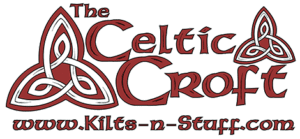
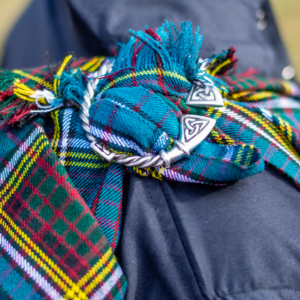

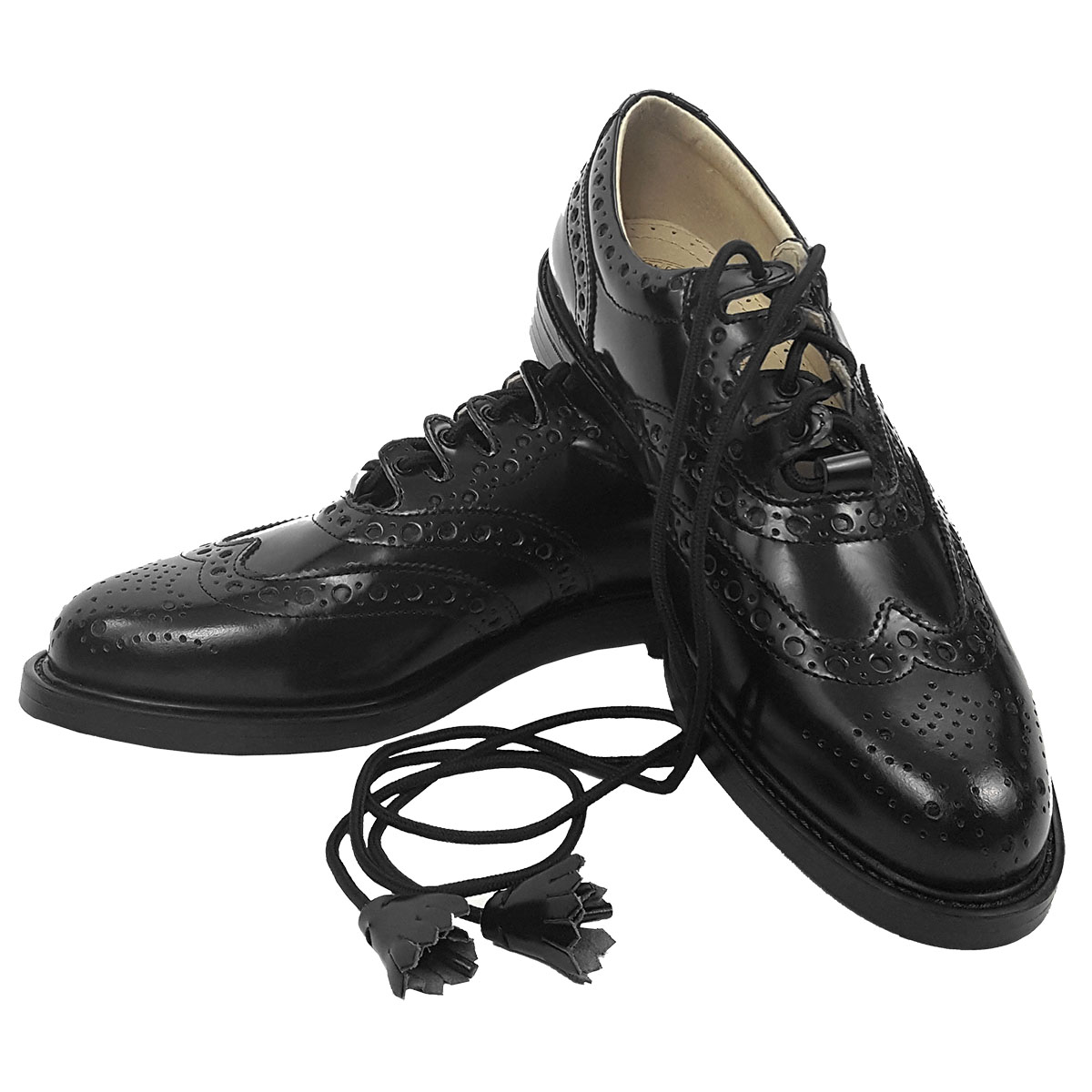
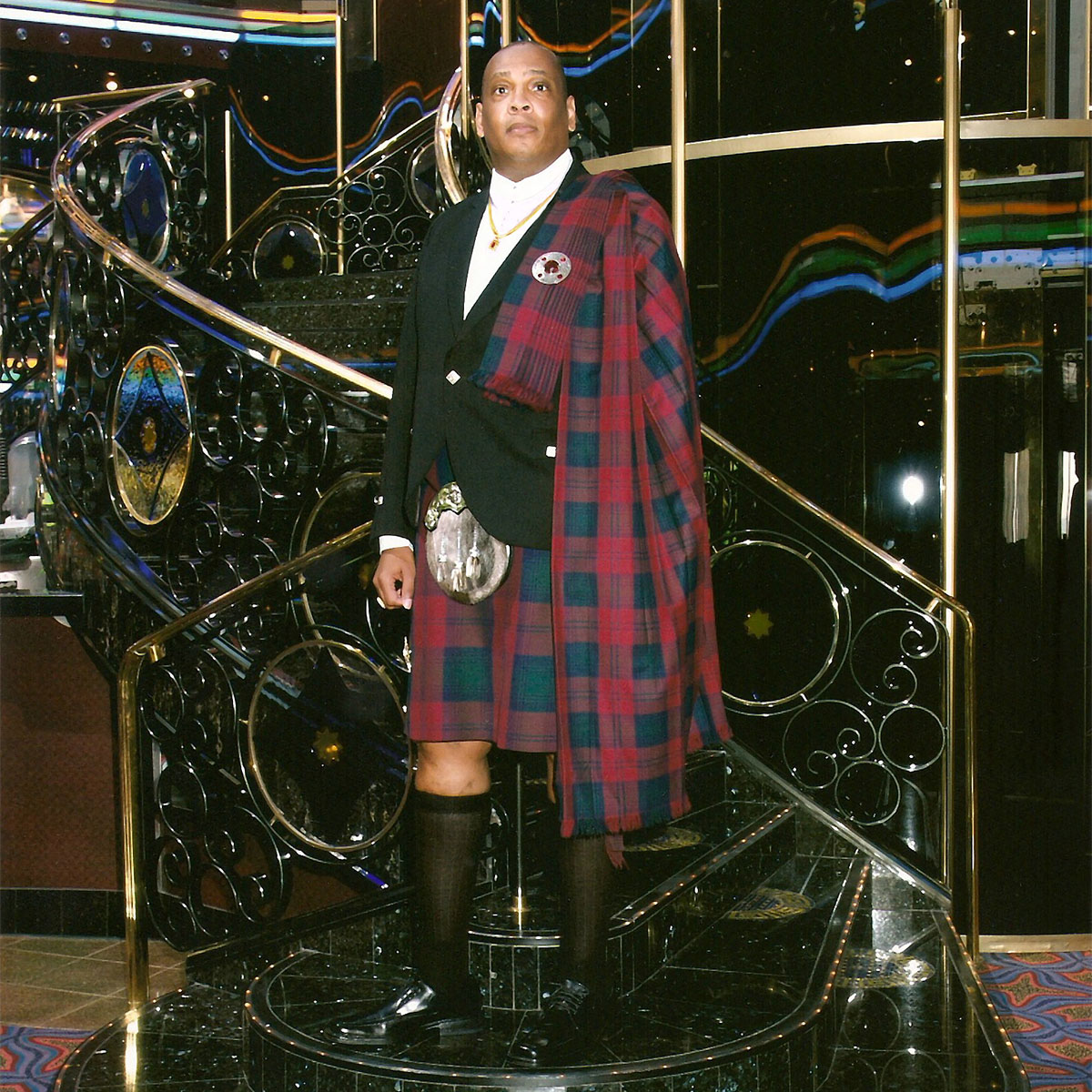
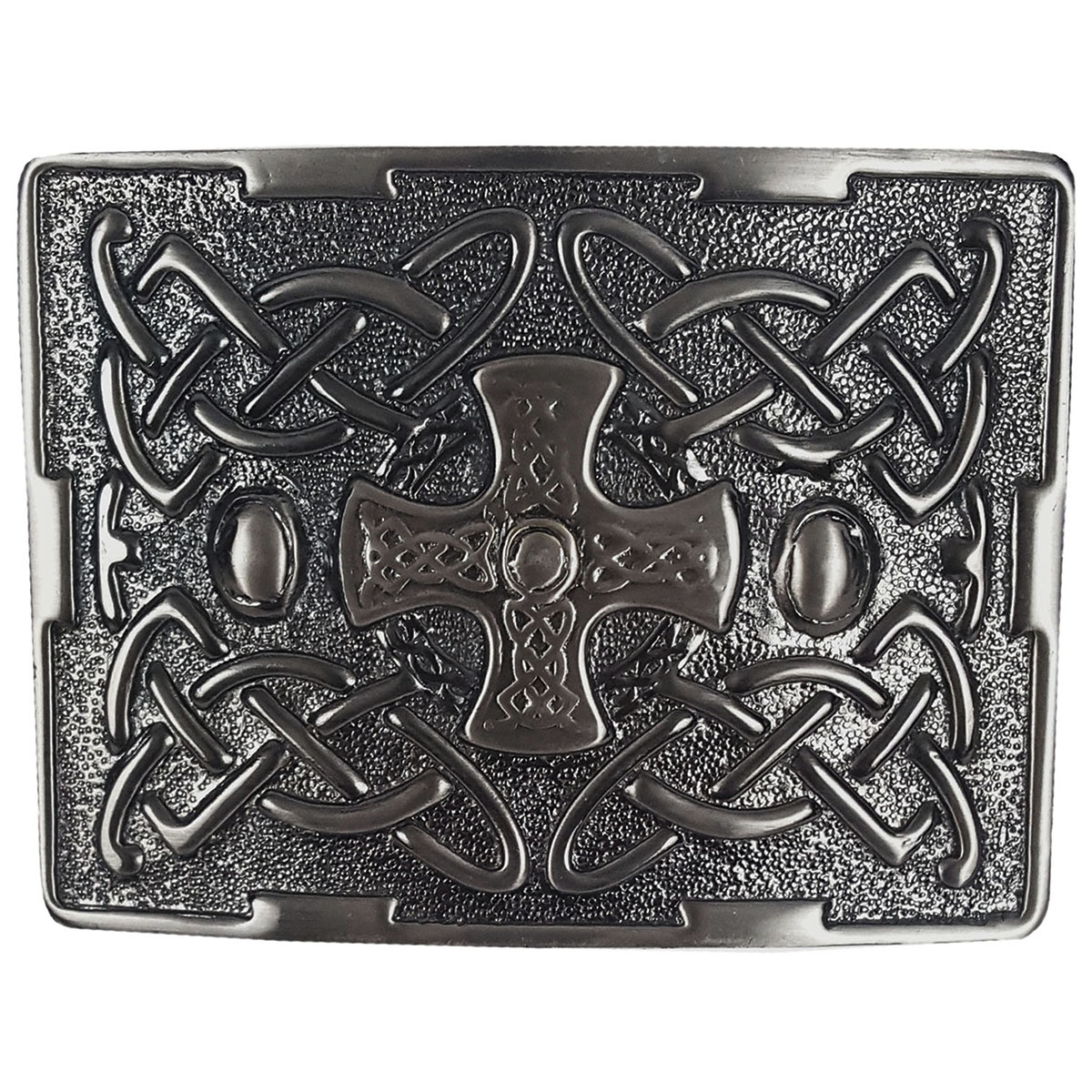
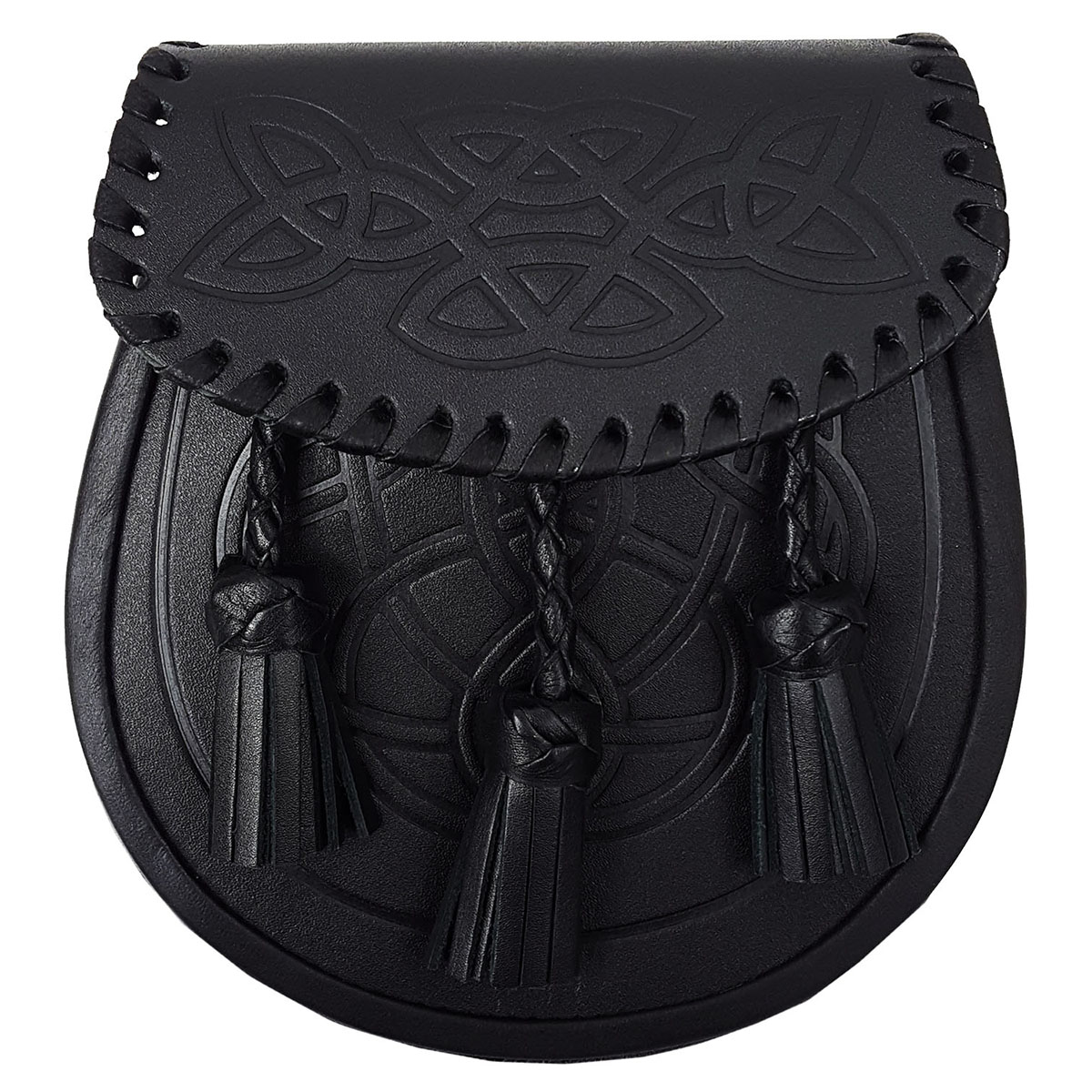
1 Comment. Leave new
I like the one you made and the silver one at the top because of the design on it as well as the design on yours. They both have the look of Celtic with those designs. I do not own a great kilt but I do have a pice of tartan to wear with my dress kilt and only used it one time at a formal dinner with the Shrine Christmas party my wife and I attended. We were the only couple in Scottish dress the other members wore tux or other formal wear. I love wearing my kilt and Prince Charlie jacket with vest at an open meeting of my Masonic Lodge or at church at Christmas. Would love one of these pins with a bear’s head on the ends as that is part of the Matheson badge. There would be no doubt as to what clan I am a member of with such a design. For some reason, you do not carry much in the way of Matheson items.